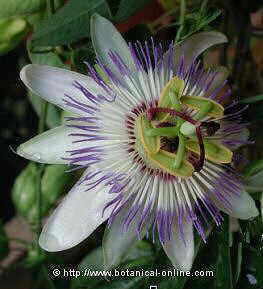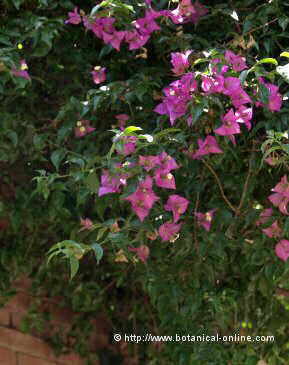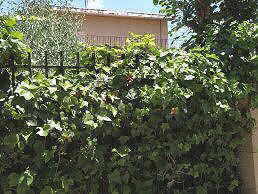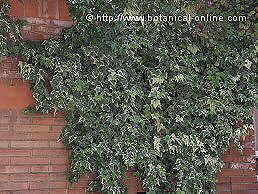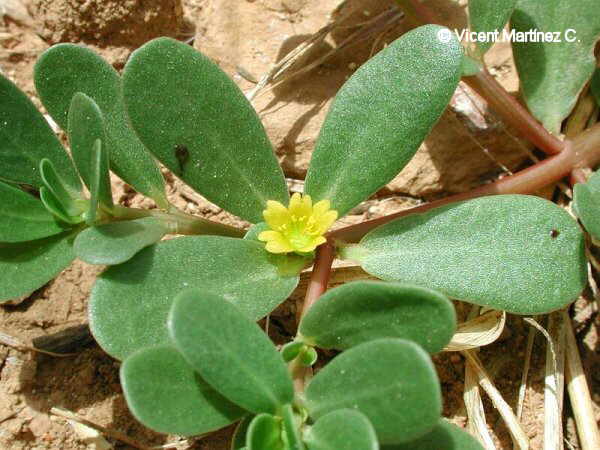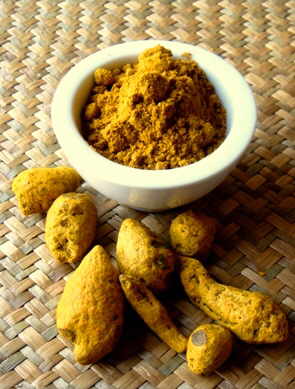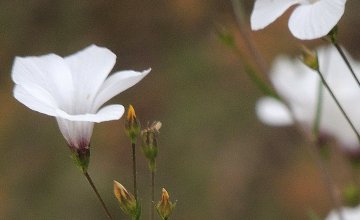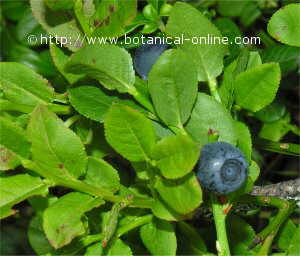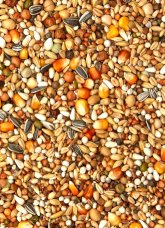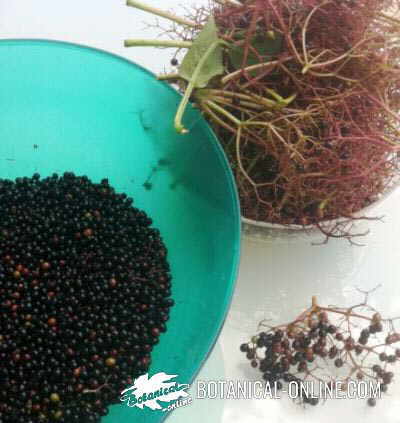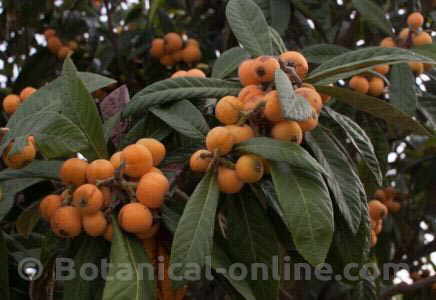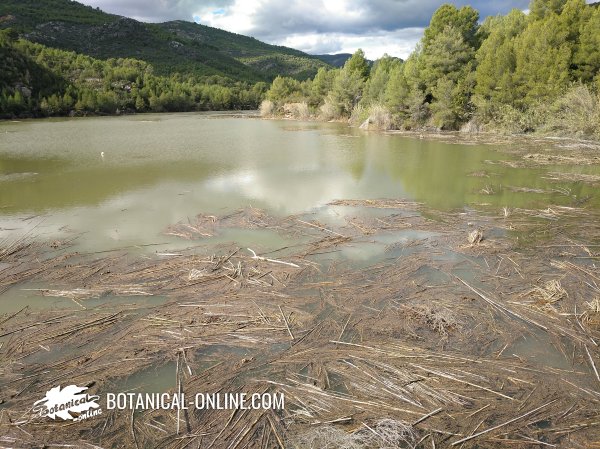Contents
Perennial climbing plants
TYPES OF PERENNIAL VINES
What are perennial vines?
Perennial vines are those climbing plants that last more than one season, although there are many climbing plants that, being perennial in their place of origin, they are cultivated like annual plants in colder places.
|
Most of them keep the leaves when autumn arrives, although some of them may lose them if the weather is not warm enough.
Main perennial climbing plants
Among the main perennial climbers we can mention the following:
- Passion flower or passiflora: There are approximately 400 species. They come mainly from the tropical zone of South America. They must be cultivated in warm areas, on rich and well drained soils.
It is necessary to provide a support so that they can climb with their tendrils.
These include: Common passion flower (Passiflora caerulea), maracuya or passion fruit (Passiflora edulis), giant granadilla (Passiflora quadrangularis), red passion flower (Passiflora coccinea), Red passiflora of Brazil (Passiflora racemosa), orange-petaled passion flower) (Passiflora aurantia), (Passiflora antioquiensis), (Passiflora laurifolia), (Passiflora manicata), etc.
- Jasmine: There are approximately 200 species of jasmine. From Asia and Africa. Some are shrubs; Other climbing plants.
The latter are usually planted by their white, yellow or red-pink flowers that are usually aromatic. They need to cultivate in the sun in a well-drained, fertile soil.
These include: Common jasmine (Jasminum officinalis), pink jasmin (Jasminum polyanthum), Italian Jasmine (Jasminum humile), lemon-scented jasmine (Jasminum azoricum),, Jasmine of Thailand (Jasminum rex), Arabian jasmine (Jasminum sambac)
- Bougainvillea: There are approximately 14 species of the genus Bougainvillea. All of them from the tropical region of South America.
In their place of origin or in warm zones they present perennial leaves, but they can become deciduous in cooler places or in warm zones with very dry periods.
They are used as ground cover and walls plants, being highly appreciated for their abundant flowers in which they emphasize their wide and colored bracts that look like petals.
In a natural state, they can climb by taking advantage of their spines, although when they are cultivated they must be supplied with some type of support to which they must be tied so as not to collapse.
|
They should be grown in the sun in warm or hot areas free of frost. In cold places, when winter arrives, they must be kept inside or protected from inclement weather. The main species are: Lesser bougainvillea (Bougainvillea glabra), Peruvian bougainvillea (Peruvian bougainvillea) and great bougainvillea (Bougainvillea spectabilis)
- Akebia: The genus Akebia comprises 4 species of vines from Japan, Korea and China.
They are deciduous or semi-deciduous plants that can climb using voluble stems. They need moisture, a soil rich in humus and a cool environment. It is better for their roots to be in the shade. They can keep the leaves when winter arrives if the climate is not very cold.
Among them we have chocolate vine or or five-leaf akebia (Akebia quinata) and Akebia trifoliata. They have composite, trilobulate leaves; The second with more patent lobes.
Ideal for covering walls or walls. They should be provided with some support so that they can climb.
- Ivy: We have about 10 species of ivy. All of them are perennial climbing plants that use aerial roots to climb.
They are used in gardening for the beauty of its leaves, some of which are variegated, with white or golden shades. They can be used as climbing plants, to cover horizontal surfaces, to cover poles, constructions, as hanging plants, or to cut.
They can be cultivated in the sun or in the shade and propagate easily through cuttings.
Among the main species we have the European ivy and all its varieties (Hedera helix), the Canarian Ivy (Hedera canariensis) and the Persian Ivy (Hedera colchica)
Ivy is one of the most common climbers in gates and walls. |
Variegated ivies are very decorative and elegant on the walls |
- Honeysuckle: There are about 180 species of honeysuckle. Some of these are perennials such as common honeysuckle (Lonicera peryclimenum) coming from Europe, or box-leaved Honeysuckle (Lonicera pileata) and Henry’s Honeysuckle (Lonicera henryi) originating from China
Coral honeysuckle, trumpet honeysuckle, or scarlet honeysuckle (Lonicera sempervirens) is native from the south of the United States.
All of them are vines that grow best in temperate climates regardless of soil type. They can be cultivated in the sun or semi-shade and need to be pruned regularly to maintain compact shapes.
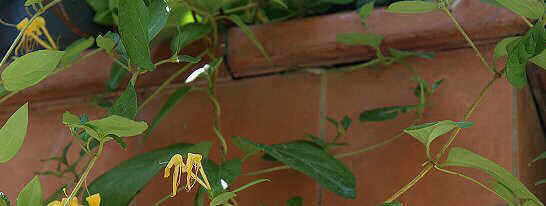
Japanese honeysuckle (Lonicera japonica)
Among all the honeysuckles, the Japanese honeysuckle (Lonicera japonica) is one of the most easily grown, therefore it is used extensively as a climbing plant to cover walls and as a ground covering plant.
In some parts of the world it has adapted in the forests where it has become an invasive weed, able to displace the native species of the ecosystem where it has been introduced. It requires great pruning work to control its expansion.
![]() More information on climbing plants
More information on climbing plants
17 November, 2025

